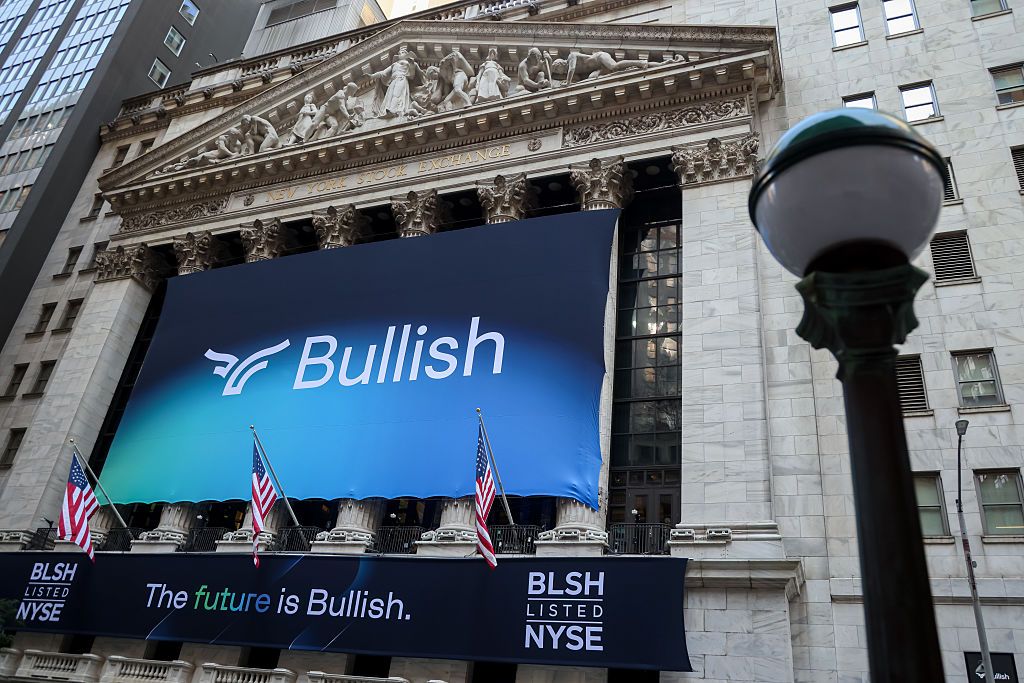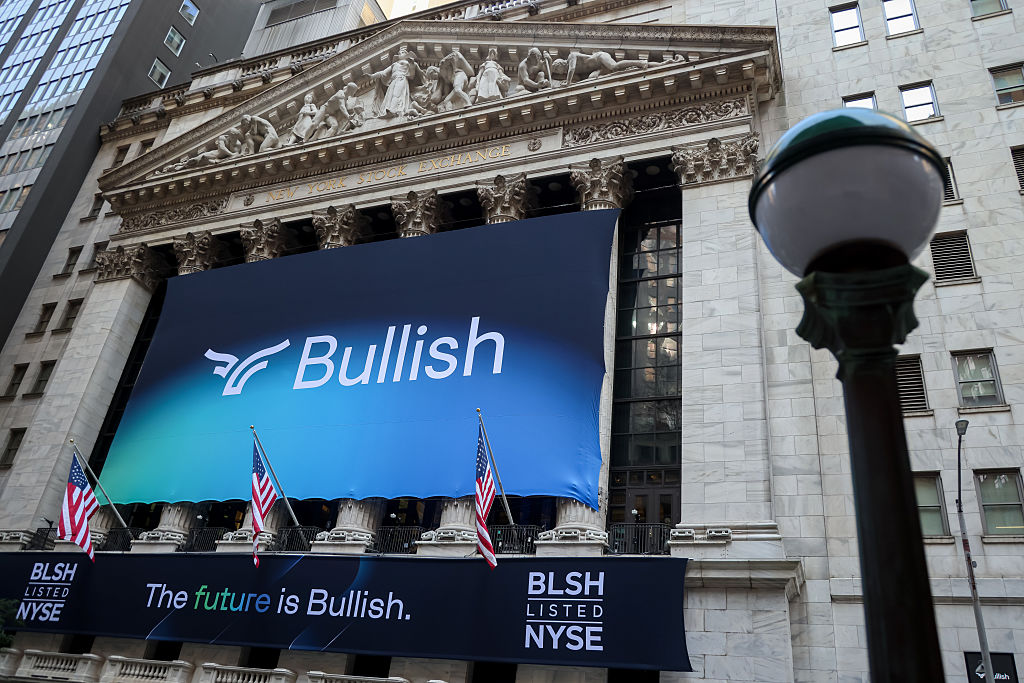
Activity in the initial public offering (IPO) market is accelerating following a slowdown this spring. According to Renaissance Capital, there have been 133 IPOs priced this year through August 13, a 58% increase from the year prior.
Total proceeds from this year’s filings are down 4% year over year to $22.2 billion.
Sign up for Kiplinger’s Free E-Newsletters
Profit and prosper with the best of expert advice on investing, taxes, retirement, personal finance and more – straight to your e-mail.
Profit and prosper with the best of expert advice – straight to your e-mail.
And following in the footsteps of these successful offerings is Bullish, a Peter Thiel-backed cryptocurrency exchange and owner of CoinDesk, which will begin trading later today on the New York Stock Exchange under the ticker symbol “BLSH.”
The company’s objective, according to its prospectus, is “to provide mission critical products and services that are designed to help institutions grow their businesses, empower individual customers, and drive the adoption of stablecoins, digital assets, and blockchain technology.”
How much is the Bullish IPO worth?
Bullish priced its offering at $37 per share on August 12, above the previous range of $32 to $33 per share. This gives the company a market value of $5.4 billion.
And based on the 30 million shares it said it will sell in its offering, Bullish raised $1.1 billion in its IPO. The company also said in its regulatory filing that its underwriters, which include JPMorgan, Jefferies and Citigroup, have the option to sell an additional 4.5 million shares over the next 30 days.
High-profile asset management firms BlackRock and Ark Investment Management have shown interest in accumulating a notable stake in BLSH stock.
As for its financials, the company said it expects to earn between $106.1 million to $109.1 million in the second quarter after posting a loss in the first quarter of this year. And its CoinDesk crypto news site had 48 million annual unique visitors at the end of Q1 2025.
Should you buy BLSH stock?
“An initial public offering enables a private company to ‘go public,’ or start trading in public markets, by issuing its own shares on a stock exchange for the first time. In this way, any investor can buy shares and the company can raise capital to grow,” Taulli writes in his article, “What Is an Initial Public Offering (IPO)?“.
And while recent IPOs have displayed powerful momentum trading, says Bill Smith, CEO and founder of Renaissance Capital, it’s important for folks to know the difference between good fear of missing out (FOMO) and bad FOMO when it comes to new offerings.
Good FOMO, he writes, is “keeping new stocks in your portfolio to access unique growth opportunities not found in major ETFs.” And bad FOMO, Smith says, is “paying any price to get the latest hot IPO, now.”
Smith adds that experienced IPO investors tend to have a “healthy amount of Good FOMO across market cycles,” and are able to “keep their emotions in check, know that volatility is not risk, and use risk controls like stop-losses.”
But newbies, he warns will often “get burned by Bad FOMO in a hot market, and ignore Good FOMO in a slower market.”
For retail investors, whether or not you buy the Bullish IPO comes down to your own risk tolerance and personal investing goals. If you do decide to buy shares of BLSH stock when they first begin trading, do so in a small amount that you can afford to lose and have a trading plan in place.


